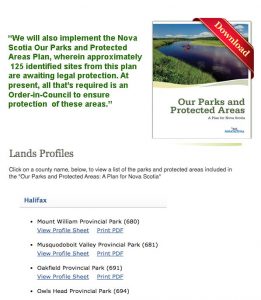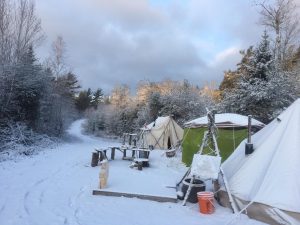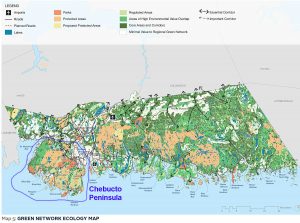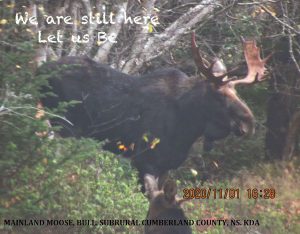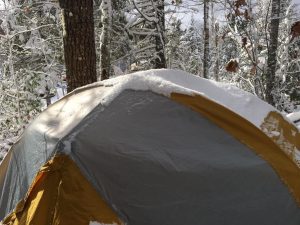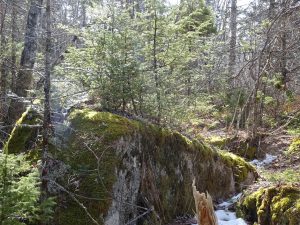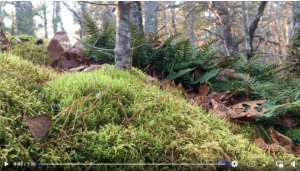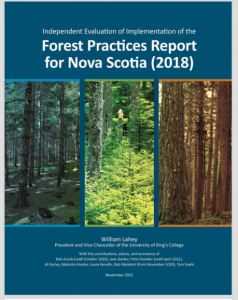Good News worth noting
In an article on saltwire.com today, reporter Francis Campbell cited the Minister of Natural Resources and Renewables Tory Rushton’s comments on Owls Head*
________
*Owl’s Head is a 285-hectare area of Crown land on the Eastern Shore that includes rare coastal barrens. The McNeil/Rankin Government secretly delisted it from the Parks and Protected Areas Plan and was negotiating for its sale to an American golf course developer, a factor in the Liberal Government’s defeat in the August 2022 election.
“I’ve asked my department to prioritize this piece of land to move it forward,”Tory Rushton, Nova Scotia’s minister of natural resources and renewables, said after a cabinet meeting Thursday.

